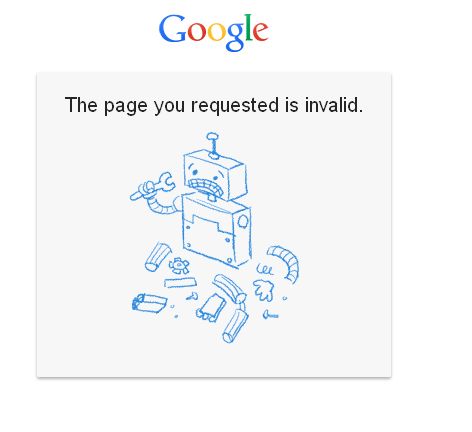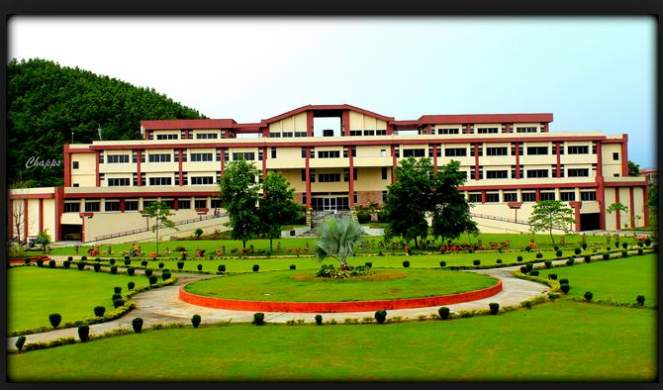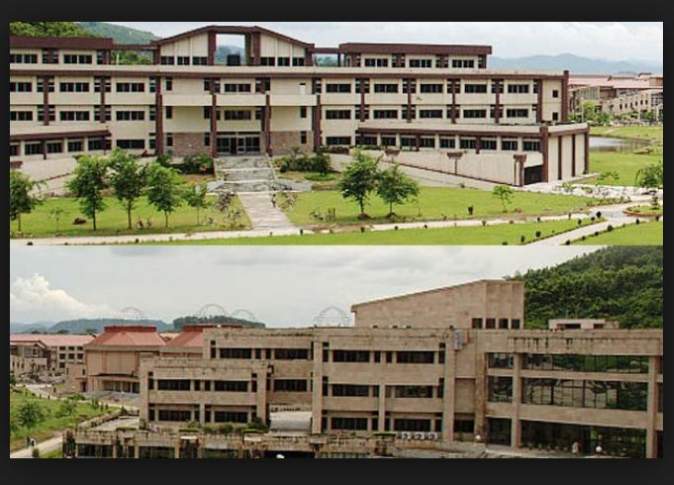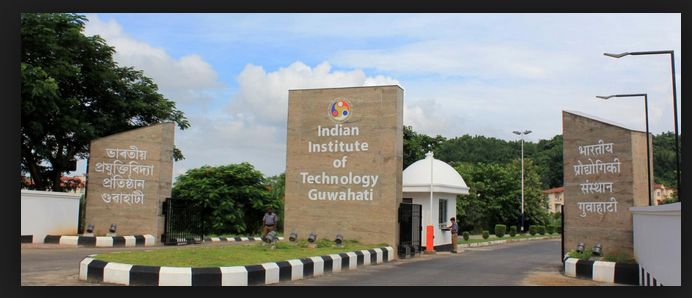|
#2
6th August 2015, 05:16 PM
| |||
| |||
| Re: IIT Msc Chemistry
As you want to get the syllabus of M.Sc Chemistry of Indian Institute of Technology Guwahati so here is the information of the same for you: Semester 1: Transition and Non-transition Metal Chemistry Inorganic Chemistry Laboratory Principles of Organic Chemistry Quantum Chemistry Group Theory and Spectroscopy Semester 2: Inorganic Reaction Mechanism and Organomettalics Organic Reactions Mechanisms Organic Chemistry Laboratory Chemical Dynamics and Electrochemistry Applications of Spectroscopy Semester 3: Graduate Seminar Principles of Bioinorganic Chemistry Concepts in Organic Synthesis Modern Techniques and Scope of Chemical Biology Classical and Statistical Thermodynamics Physical Chemistry Laboratory Semester 4: Computer in Chemistry Project Elective I Elective II List of Electives: CH 640 Principle and Applications of Luminoscence Spectroscopy CH 615 Advanced Organometallic Chemistry CH 637 Advanced Quantum Chemistry CH 616 Bioinorganic Chemistry CH 625 Art in Organic Synthesis CH 626 Modern Reagents in Organic Synthesis CH 637 Advance Quantum Chemistry CH 628 Advances in Nucleic Acid and Lipid Chemistry CH-410 : Transition and Non-transition Metal Chemistry: Non-transition Metal Chemistry: Synthesis, Properties, Structure and Bonding of: Nitrogen, Phosphorous, Sulfur, Pseudohalogen, Interhalogen and Xenon Compounds; Boranes, Carboranes, Metallocarboranes, Borazines, Phosphazenes, Sulfur-Nitrogen compounds, silicates, silicones. Iso- and Hetero-poly anions. Redox Reactions: Latimer diagram, Electrochemical Series. Acids and Bases: Lewis acids and bases; HSAB concept. Transition Metal Chemistry: Nomenclature, Isomerism, Chelate effect, Macrocyclic ligands. Bonding in Coordination Complexes: Crystal-Field theory, d-orbital Splitting in Octahedral, Tetrahedral, Square Planar geometries; Molecular Orbital Theory, p-bonding; Jahn-Teller effect, Spectrochemical series, nephelauxetic series. Electronic Spectra: d-d transitions, Orgel and Tanabe-Sugano diagrams, charge-transfer spectra. Magnetism: Types, determination of magnetic susceptibility, spin-only formula, spin-orbit coupling, spin crossover. Text Books: 1. Inorganic Chemistry: Principles of Structure and Reactivity by J. E. Huheey, E. A. Keiter and R. L. Keiter, 4th ed. Harper Collins 1993 2. Concepts and Models of Inorganic Chemistry by B. E. Douglas, D. H. McDaniel and J. J. Alexander, John Wiley, 1993, 3rd ed. References: 1. Physical Inorganic Chemistry: A Coordination Chemistry Approach by S. F. A. Kettle, Spektrum, 1996 2. Chemistry of the Elements by N. N. Greenwood and A. Earnshaw, Pergamon, 1985. 3. Advanced Inorganic Chemistry by F. A. Cotton, G. W. Wilkinson, 5th edition, John-Wiley & Sons, 1988. 4. Physical Methods in Chemistry by R. S. Drago, Saunders, 1992 5. Inorganic Electronic Spectroscopy by A. B. P. Lever, Elsevier, 1984, 2nd Ed. 6. Introduction to Magnetochemistry by A. Ernshaw, Academic press, 1968. CH-415: Inorganic Chemistry Laboratory: Synthesis and characterization of inorganic compound including co-ordination complexes, assemblies. Synthetic methods: solution chemistry, solid state synthesis, sol-gel methods, multi step synthesis, preparation of isomers, synthesis under inert atmosphere, electrosynthesis. Characterization: quantitative and qualitative determination of ligand and metal, use of spectral techniques (UV - visible, IR, NMR, ESR, magnetic moment, analytical methods (conductance, TG, DSC, cyclic voltametry, coulometry). Text Books: 1. Synthesis and Technique in Inorganic Chemistry: A Laboratory Manual, Gregory S. Girolami, Thomas B. Rauchfuss and Robert J. Angelici. University Science Books. 2. Synthetic methods of organometallic and inorganic chemistry ed. by Wolfgang A. Herrmann, Georg Thieme Verlag, New York, 1997, Vol 7 and 8 3. Vogel's qualitative inorganic analysis, by Svehla, G. Publisher: Harlow : Longman, 1996. 4. Vogel's textbook of quantitative inorganic analysis: including elementary instrumental analysis. By: Arthur Israel Vogel; John Bassett Publisher: London; New York: Longman, 1978. CH-420 : Principles of Organic Chemistry: Structure and Bonding: Review of basic principles of structure and bonding, application of acid base concepts, HSAB theory, aromaticity and antiaromaticity, Hückel’s rule, anti-aromaticity, y-aromaticity, homo-aromaticity n-annulenes, heteroannulene, fullerenes, C-60, cryptates, Bonds weaker than covalent; addition compounds, inclusion compounds, crown ethers, cyclodextrins, catenanes and rotaxanes. Stereochemistry: Conformational analysis of cycloalkanes, effect of conformation on reactivity. Elements of symmetry, chirality, molecules with more than one chiral center, projection formulae (i) Fischer (ii) Sawhorse (iii) Newman (iv) Flying Wedge; threo and erythro isomers, methods of resolution, optical purity, enantiotopic and diastereotopic atoms, groups and faces, stereospecific and stereoselective synthesis. Asymmetric synthesis. Optical activity in the absence of chiral carbon. Reaction mechanism: Structure and Reactivity: Types of mechanisms, types of reactions, thermodynamic and kinetic requirements, Hammond postulate, Curtin-Hammett principle, transition states and intermediates, methods of determining mechanisms, isotopic effects. Generation, structure, stability and reactivity of carbocations, carbanions, free radicals, carbenes and nitrenes. Effect of structure on reactivity. The Hammett equation and linear free energy relationship (sigma-rho) relationship, Taft equation. Oxidation: Different oxidative processes. Hydrocarbons, carbonyl compounds, amines, hydrazines and sulphides. Reduction: Different reductive processes. Hydrocarbons, carbonyl compounds, nitro, nitroso, azo and oxime groups. Hydrogenolysis. Rearrangements: General mechanistic considerations, nature of migration, migratory aptitude, nucleophilic, electrophilic and free radical rearragnement. A detailed study of various arrangements reactions. Text Books: 1. Advanced Organic Chemistry by J. March, John Wiley & Sons, 1992 2. Stereochemistry of Carbon Compounds by E. J. Eliel, McGraw Hill Reference: 1. Organic Chemistry by S. H. Pine, McGraw Hill, 1987. 2. Stereochemistry of Organic Compounds by D. Nasipuri, Wiley, 1994. CH-430: Quantum Chemistry: Review of essential mathematical concepts. Origin of the quantum theory. Postulates of quantum mechanics and Schrödinger equation; its application on some model systems viz., free-particle and particle in a box, tunneling, the harmonic oscillator, the rigid rotator, and the hydrogen atom. The variation theorem; linear variation principle; perturbation theory; applications of variational methods and perturbation theory to the helium atom. Ordinary angular momentum, generalized angular momentum, eigenfunctions, and eigenvalues of angular momentum operator, Ladder operator, addition of angular momenta. Spin, antisymmetry, Pauli exclusion principle, Slatter determinantal wave functions. Term symbol (RS and jj coupling) and spectroscopic states, term separation energies of pn and dn configurations, magnetic effects: spin-orbit coupling and Zeeman splitting. Virial theorem. Born-Oppenheimer approximation, VB and MO theory, H2 +, H2 molecule problem, Hückel molecular orbital theory and its application to ethylene, butadiene and benzene. Hybridisation and valence MOs of H2O, NH3 and CH4. Introduction to the SCF. Text Books: 1. Elementary Quantum Chemistry by F. L. Pilar, Dover Publications, Inc. NY, 1990. 2nd Ed. 2. Molecular Quantum Mechanics by P. W. Atkins and R. S. Friedman, 3rd Ed. Oxford Univ. Press, 1997. References: 1. Quantum Chemistry by Ira N. Levine, Prentice Hall, 2. Introduction to Quantum Chemistry by A. K. Chandra, Tata McGraw Hill. CH-431: Group Theory and Spectroscopy Group Theory: Definition of group, symmetry, point groups, representation of group, orthogonality theorem, irreducible representation, character table, direct sum, direct product, derivation of projection operator. Spectroscopy: Electromagnetic radiation and its interaction with matter. Uncertainty principle: Natural line width and broadening. Microwave: classification of molecules, rigid rotor model, selection rules, intensity of spectral lines, effect of isotopic substitution. Stark effect. Infrared: Review of harmonic oscillator, selection rules, vibrational energy of diatomic molecules, zero point energy, force constant and bond strength; anharmonicity, Morse potential energy diagram, vibration-rotation spectroscopy, P, Q, R, branches. Breakdown of Born-Oppenheimer approximation, vibration of polyatomic molecules. Normal mode of vibration, group frequencies, overtone, hot bands. Raman: Classical and quantum theories of Raman effect, pure rotational, vibrational and vibrationalrotational Raman spectra, selection rules, mutual exclusion principle. Resonance Raman. Molecular Spectroscopy: Energy levels, MO, vibronic transitions, Franck- Condon principle, electronic spectra of polyatomic molecules. Emission spectra, radiative and non-radiative decay, internal conversion. Photoelectron spectroscopy. Text Books: 1. Chemical Applications of Group Theory by F.A. Cotton, Wiley Interscience, 1990, 3rd Ed. 2. Fundamentals of Molecular Spectroscopy by C. N. Banwell and E. M. McCash, Tata McGraw Hill, 1994. Reference: 1. Group Theory and Quantum Mechanics by M. Tinkham, McGraw Hill, 1964. 2. Introduction to Molecular Spectroscopy by G. M. Barrow, McGraw Hill 3. Introduction to Atomic Spectra by H. E. White, McGraw Hill, 1934. 4. Modern Molecular Photochemistry by Nicholas J. Turro, University Science Books, 1991. For more detailed information I am uploading a PDF file which is free to download: Contact Details: Indian Institute of Technology Guwahati Doul Govinda Road, Amingaon Guwahati, Assam 781039 India Map Location: [MAP]Indian Institute of Technology Guwahati India[/MAP]      Last edited by Arun Vats; 7th August 2015 at 12:29 PM. |